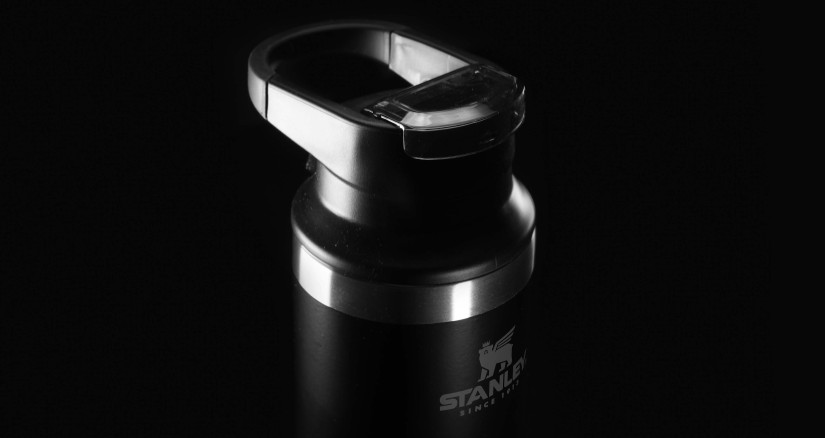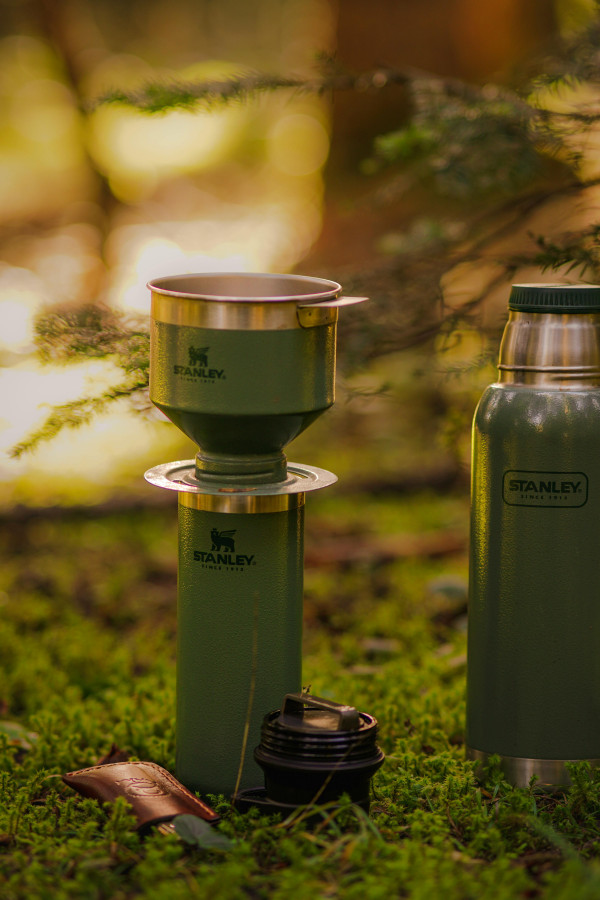
What Will Stanley’s Next Era Look Like?
Stanley 1913, the company behind the infamous Stanley drinkware, has achieved massive success in recent years. And yet, the company is “ready for a new playbook,” according to Chief Brand Officer Kate Ridley in an interview with The Wall Street Journal.
So, why am I intrigued by that statement? It's twofold: first, their success has already been remarkable—a marketing case study in progress—and second, with the level of success they’ve already achieved, where do they go from here?
While it’s normal to want to celebrate success, in actuality, it’s when you’re at the top of your game that the heat is on, as the saying goes. In short, this is a great opportunity for Stanley, and if executed correctly, will define multiple eras for them.
But before we look ahead, let’s look back on Stanley’s history and recent success. The brand began in 1913 by creating water bottles and lunchboxes for blue-collar workers. Next came a focus on outdoor enthusiasts, according to The Wall Street Journal interview. In 2020, the brand latched onto a bump in tumbler sales among a group of moms in Utah, which led them to focus on women, teens, and consumers obsessed with hydration. In 2023, Stanley’s annual revenue reached $750 million, up from just $73 million in 2019.
So what does the future hold? Stanley hopes to tap into a new era of its growth, through which it will become a leading name in the hydration category, as well as capture consumers that shop for lifestyle, sports, and culture, according to The Wall Street Journal.

Photo by dogadakisakal
Although expanding into new retail channels might seem like the logical next move, U.S. sales of portable drinkware in home and housewares departments of non-sporting goods stores have stalled as of April. This follows a 15% increase the previous year, based on data from Chicago research firm Circana. Meanwhile, sales of bottles and insulated containers at sporting goods stores have performed even worse, with consistent year-over-year declines every month from last September through April.
While I don’t admonish Stanley for this direction, it would seem to me that their answer lies with their current consumer (yes, that group of moms in Utah, teens, and those obsessed with hydration) who helped grow the brand to $600M in sales in nearly six years. (This is often the undertone to my articles.) More importantly, this is a classic brand that has been “hijacked,” and quite a successful one at that.
First, what is “brand hijack,” and how can it help you? As defined in the book Brand Hijack: Marketing Without Marketing by Alex Wipperfurth, “…It is a consumer takeover, the consumer’s act of commandeering a brand from marketing professionals and driving its evolution.” Past examples include In-N-Out Burger with its secret menu, still recognized today; Pabst, a leading domestic beer brand and cult favorite after Dennis Hopper’s reference in the movie Blue Velvet; and Red Bull, with its thrill-seeking adrenaline adventuers. The crux of a brand hijack is that consumers are intimately involved in shaping a brand's image and evolution.
A “brand hijack” is about:
- Being authentic by focusing on customer experiences and stories.
- Building a community of consumers with a sense of belonging in the brand.
- Co-creating by empowering consumers to contribute to your brand narrative.
- Actively engaging in conversations within the community by translating your message to a broader audience.
- Encouraging participation through contests, challenges, or recognition to seize ongoing opportunities.
The concept of a “brand hijack” is often referred to as “marketing without marketing,” and when implemented correctly, a brand can see astonishing results.

Photo by Natilyn Hicks Photography
Whether Stanley intentionally set out to do so, the fact remains that their brand was hijacked by their consumers, and for the better—$600 million better, to be specific. That said, the right move lies with the consumers who hijacked the brand in the first place. What better way to start than by talking to those moms in Utah, who could very well carry the brand into its next $600-million era of growth?
So, let me ask—who is your consumer, and could they be ripe to “hijack” your brand? Perhaps it’s time to find out and, more importantly, nurture them toward the heist.
How can BSM Partners help build your own “brand hijack?” Our Branding, Strategy & Marketing (BSM2) practice can help you navigate market challenges and shifts by combining deep industry insights, strategic planning, and creative marketing execution. We craft strategies that connect with consumers, position brands for long-term success and unlocking growth across all channels.
Follow us on LinkedIn for the latest updates on all things happening here at BSM Partners.
About the Author
Eric Rittenhouse works at BSM Partners as Business Development Manager. His areas of expertise include business development, sales and trade marketing while helping brand companies uncover and execute on opportunities to strategically dominate their niche in the consumer product space. He has completed the Blue Ocean Practical Introduction certificate by the Blue Ocean Academy and is Action Selling Master Certified by Action Selling and The Sales Board.
This content is the property of BSM Partners. Reproduction or retransmission or repurposing of any portion of this content is expressly prohibited without the approval of BSM Partners and is governed by the terms and conditions explained here.